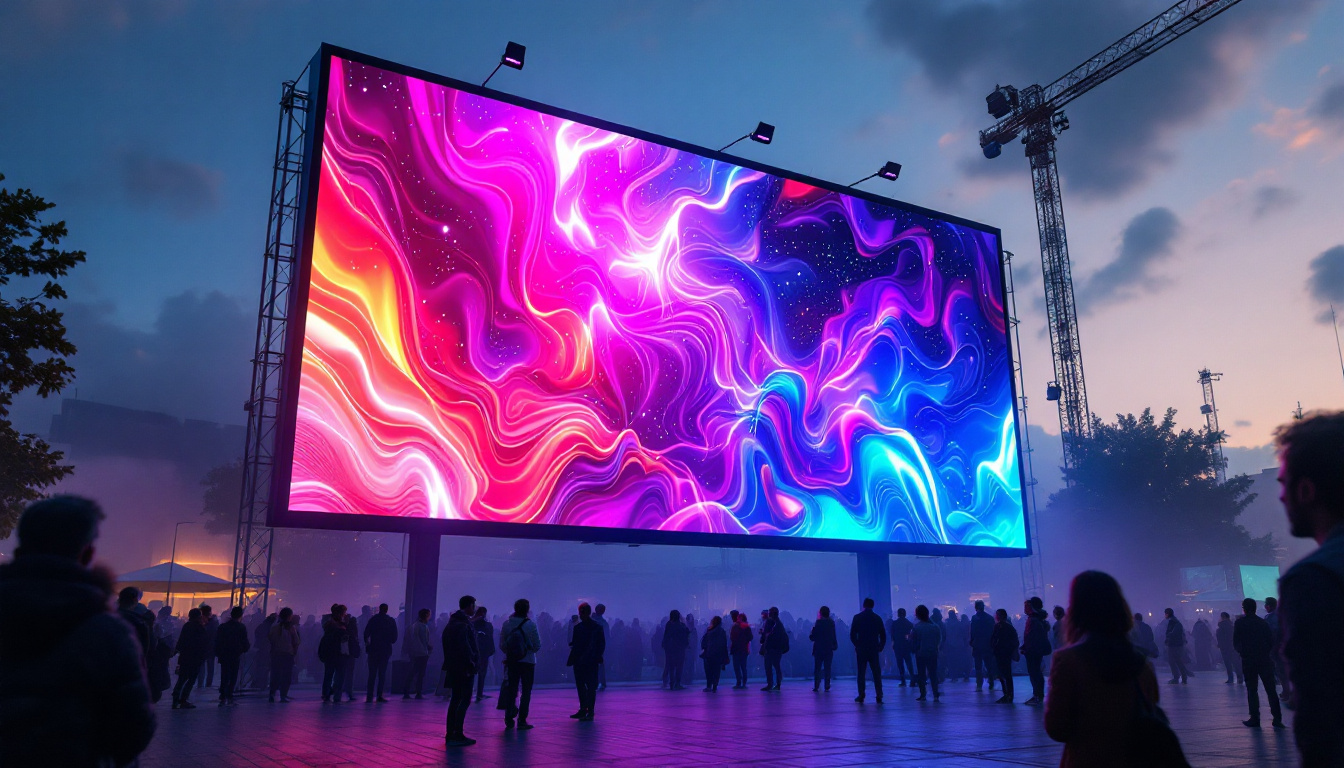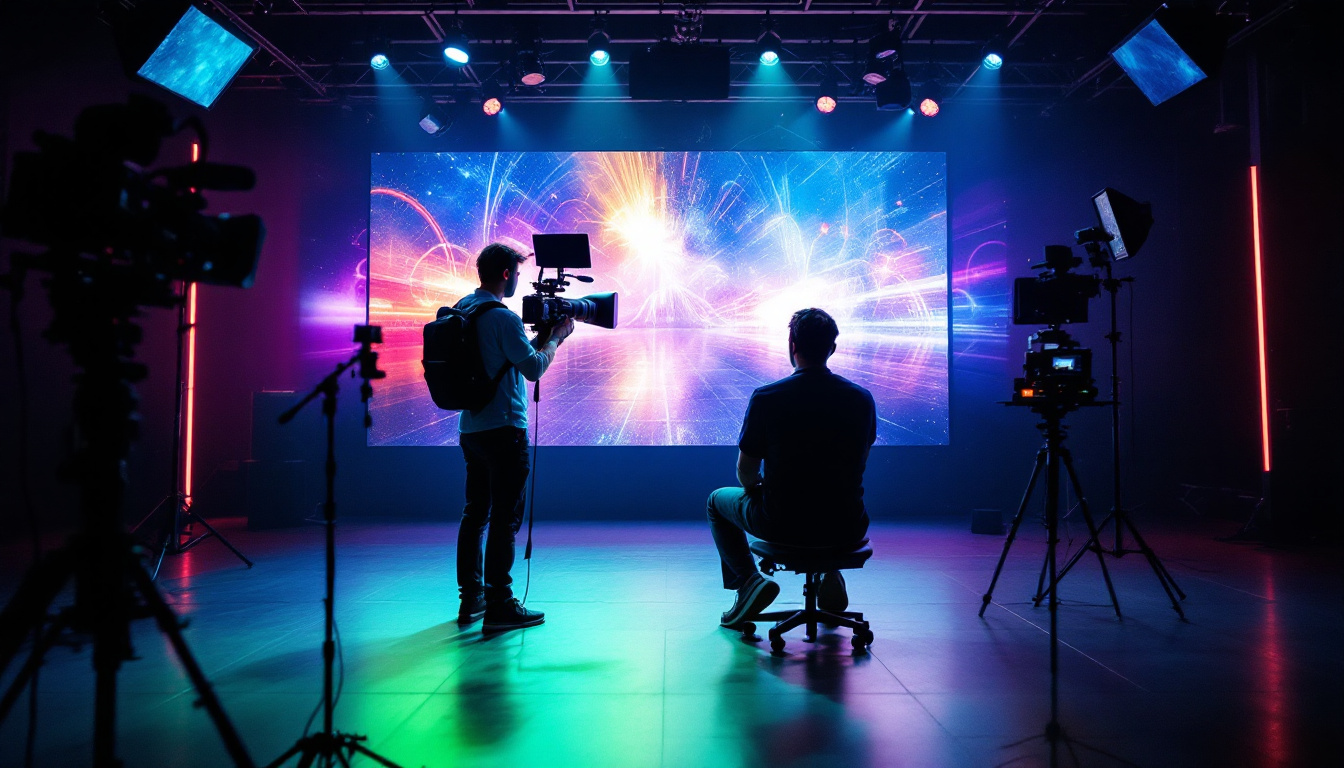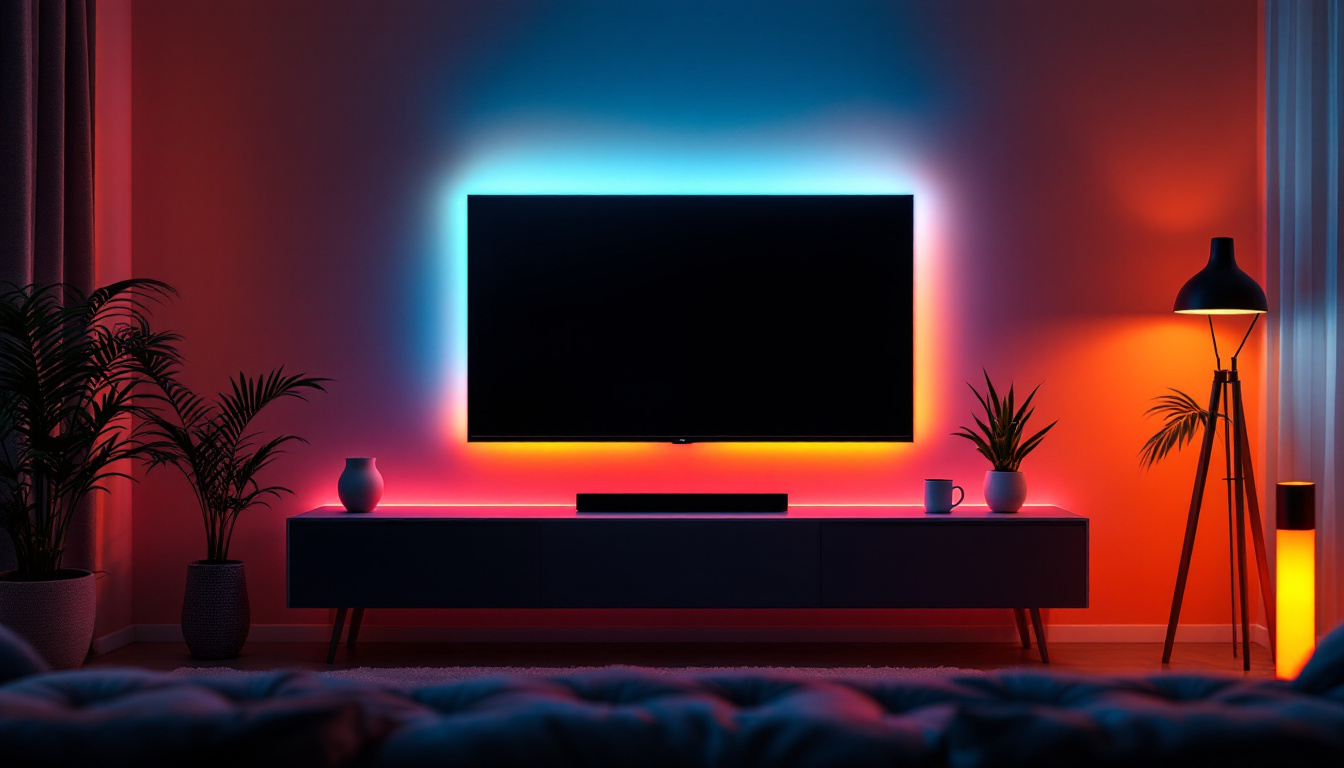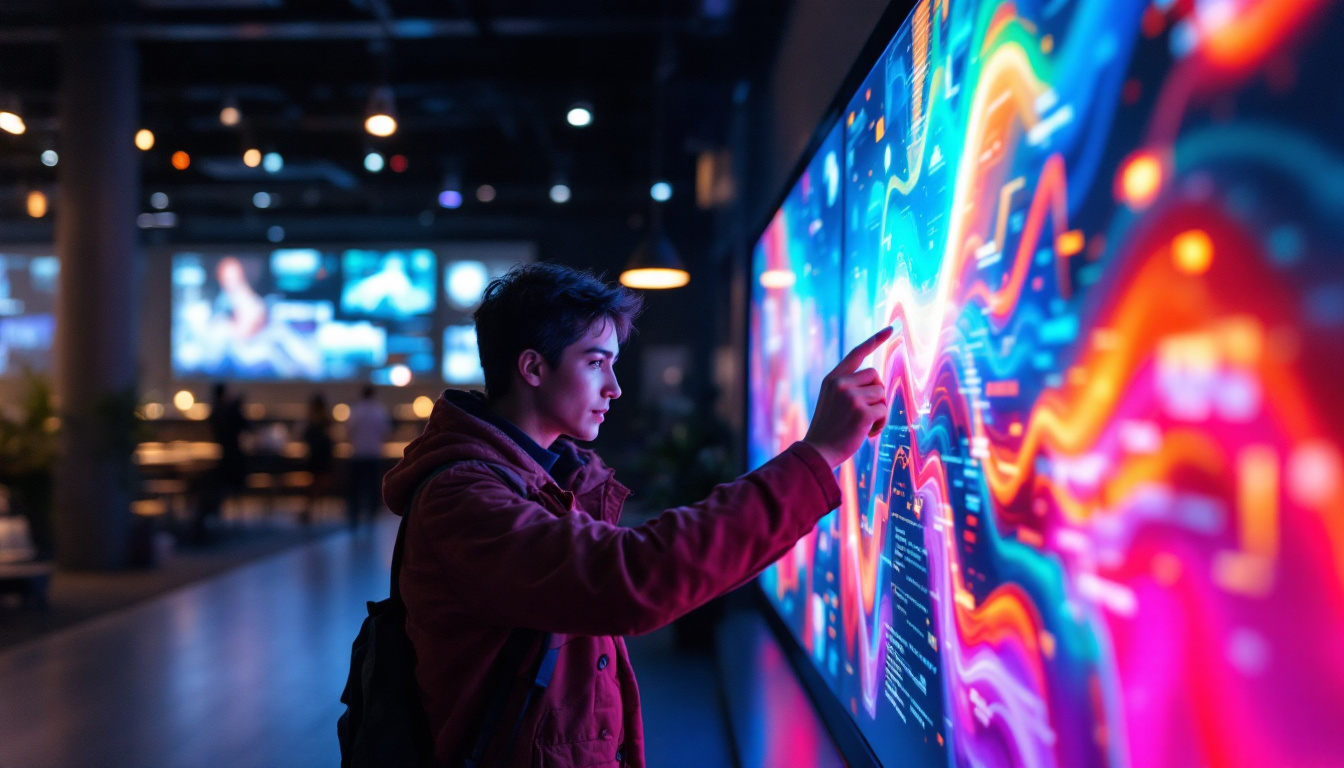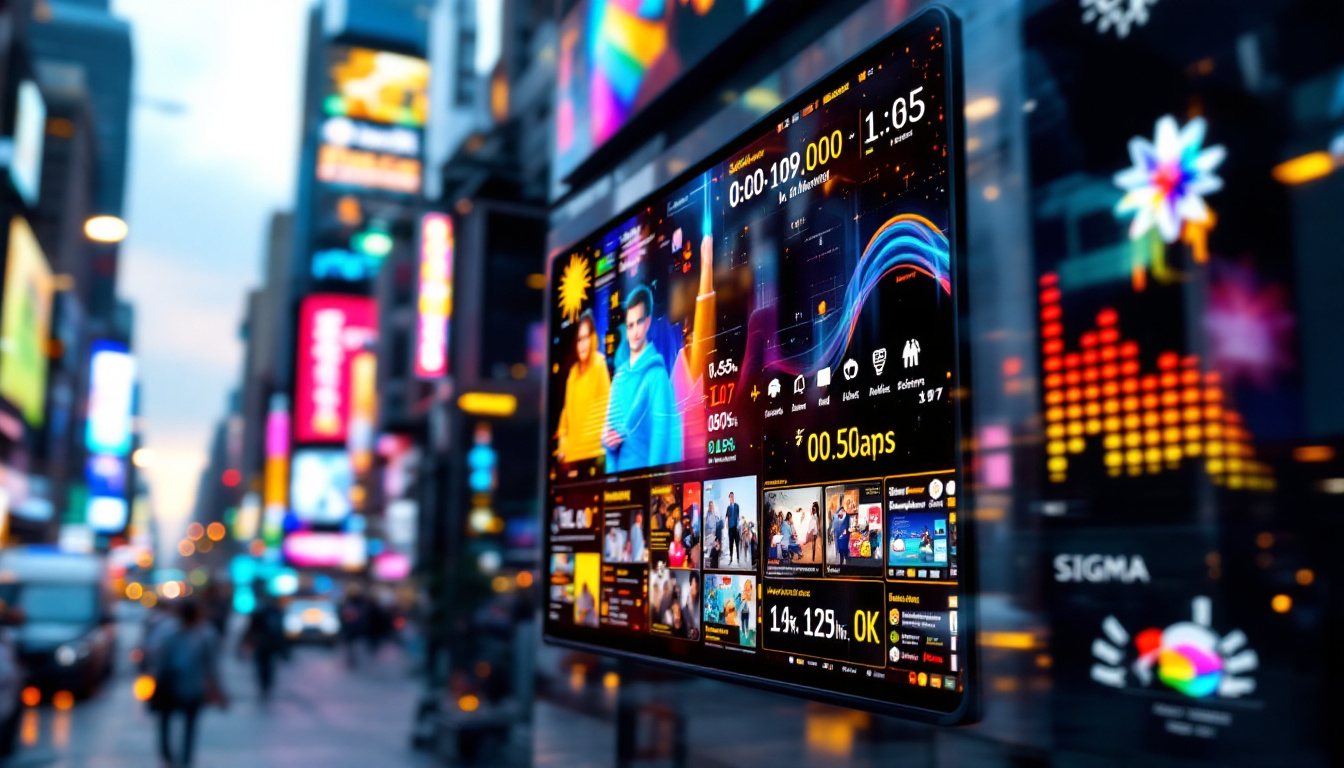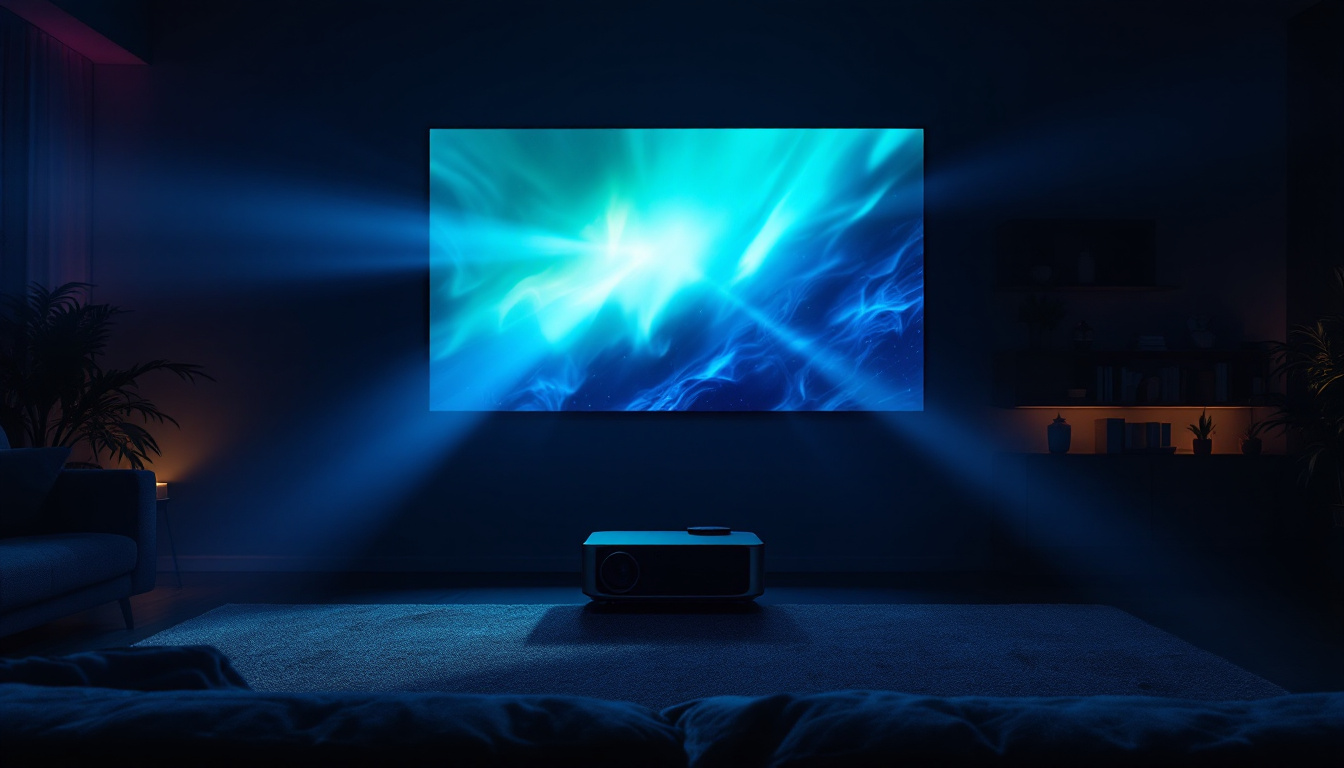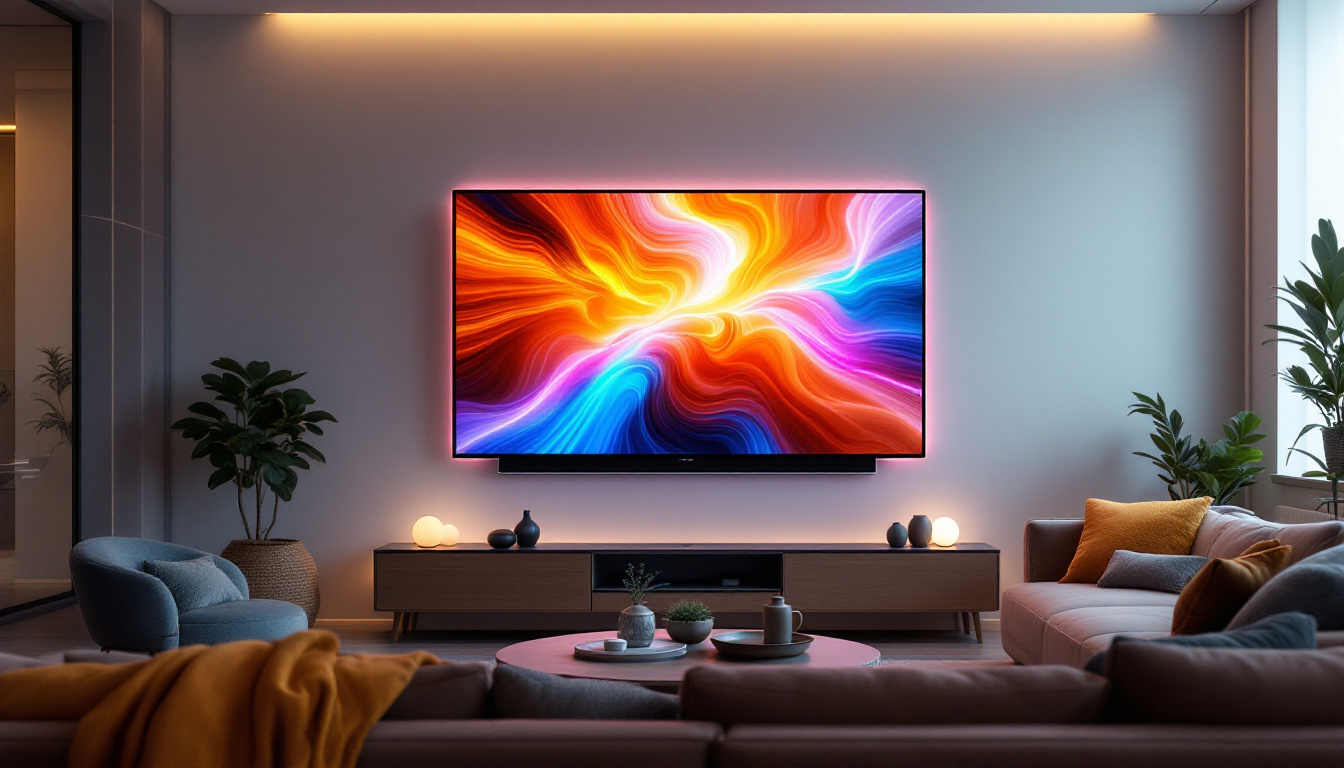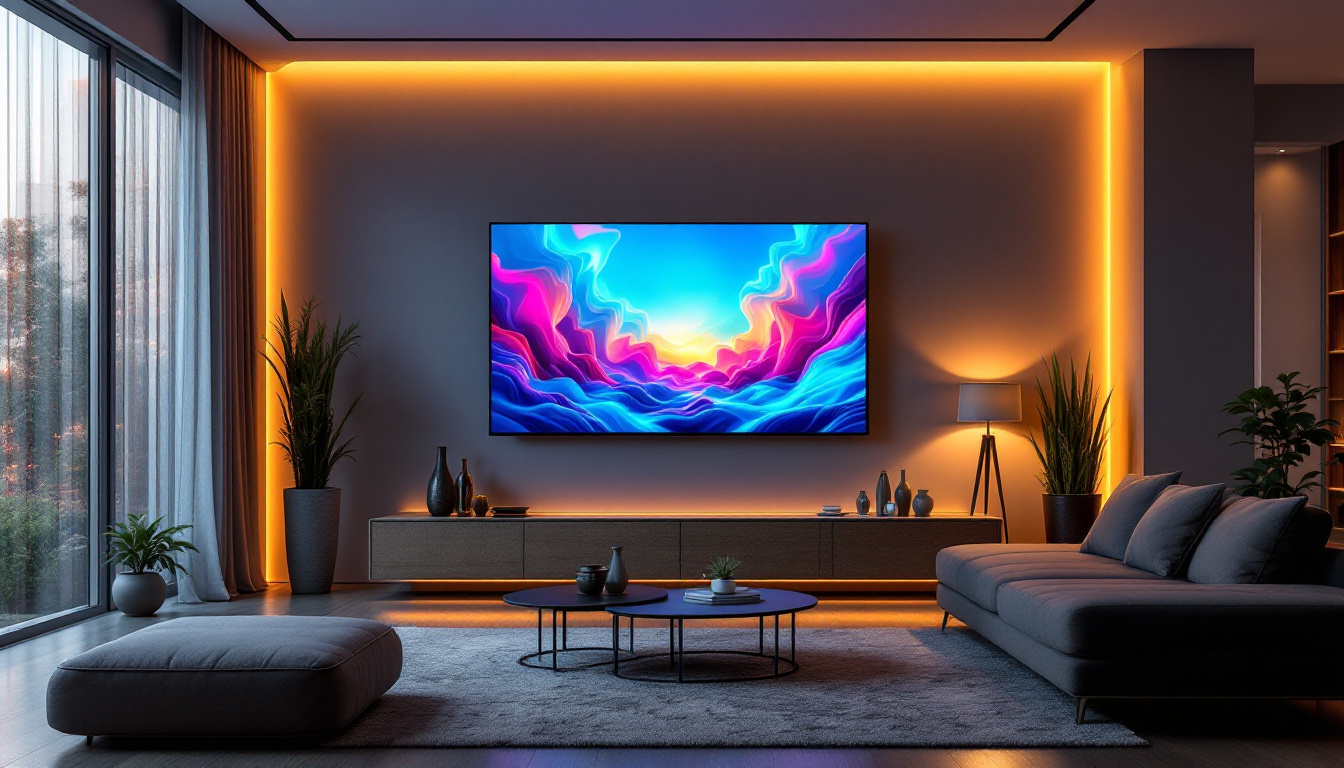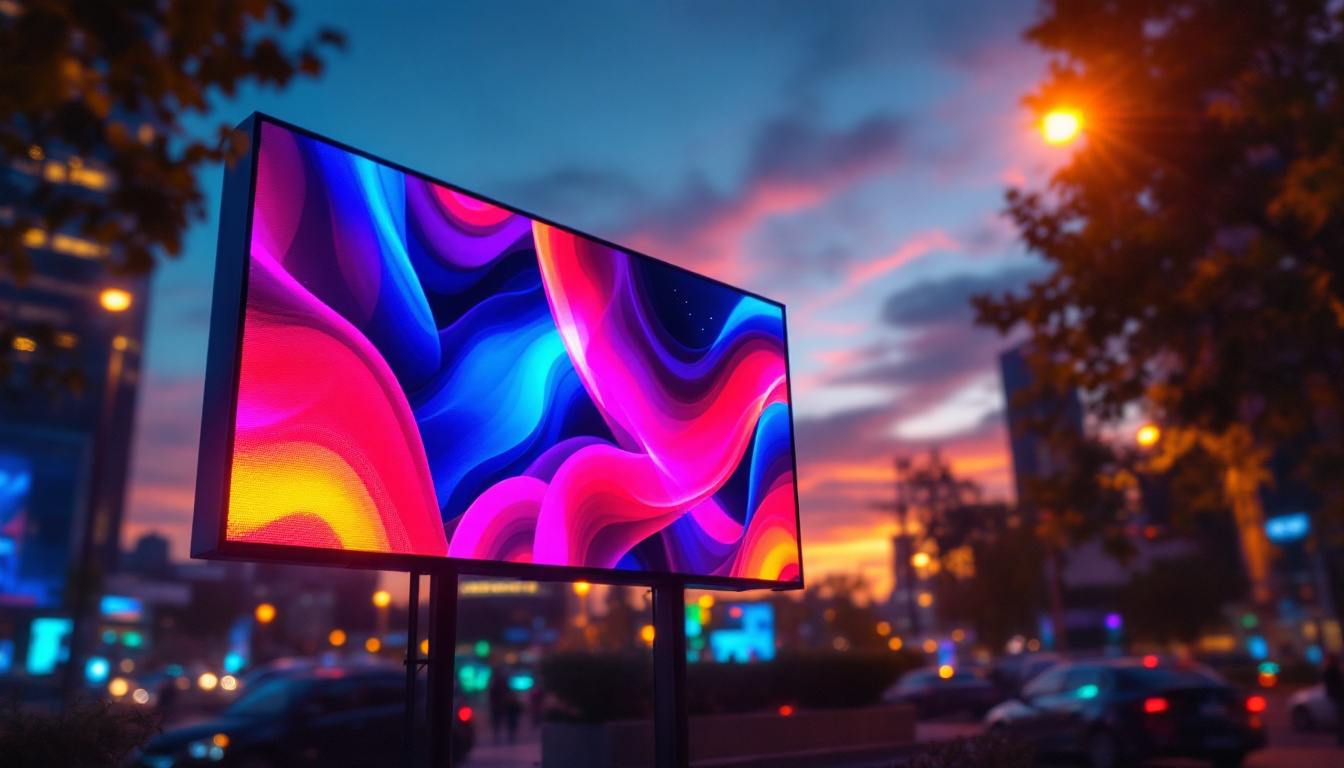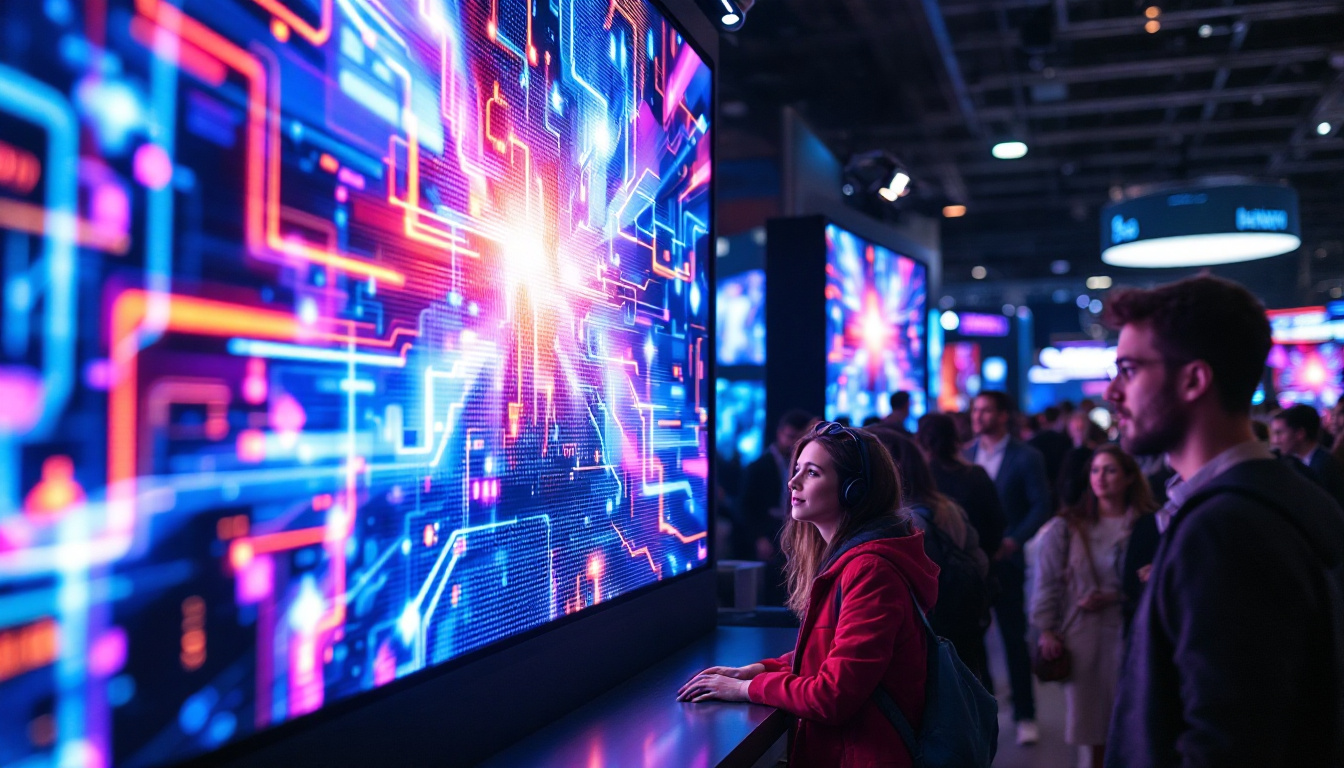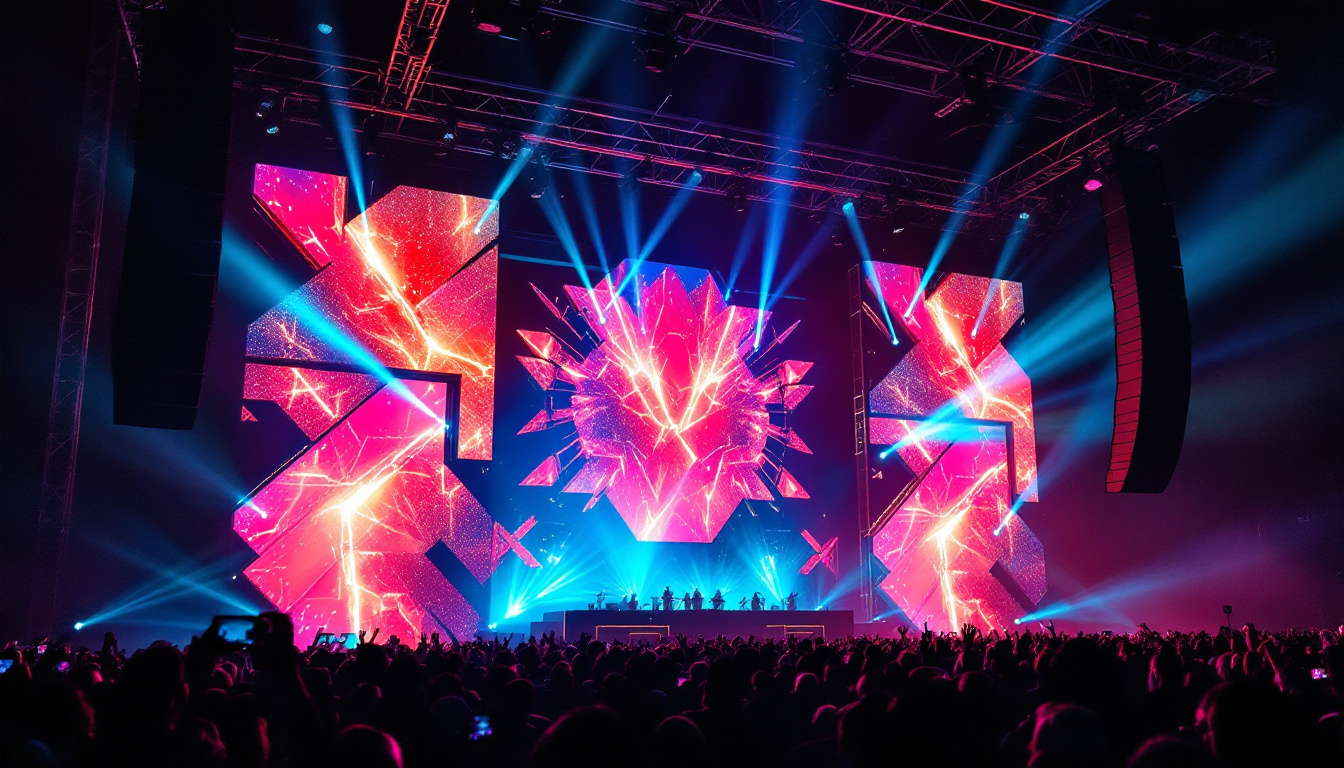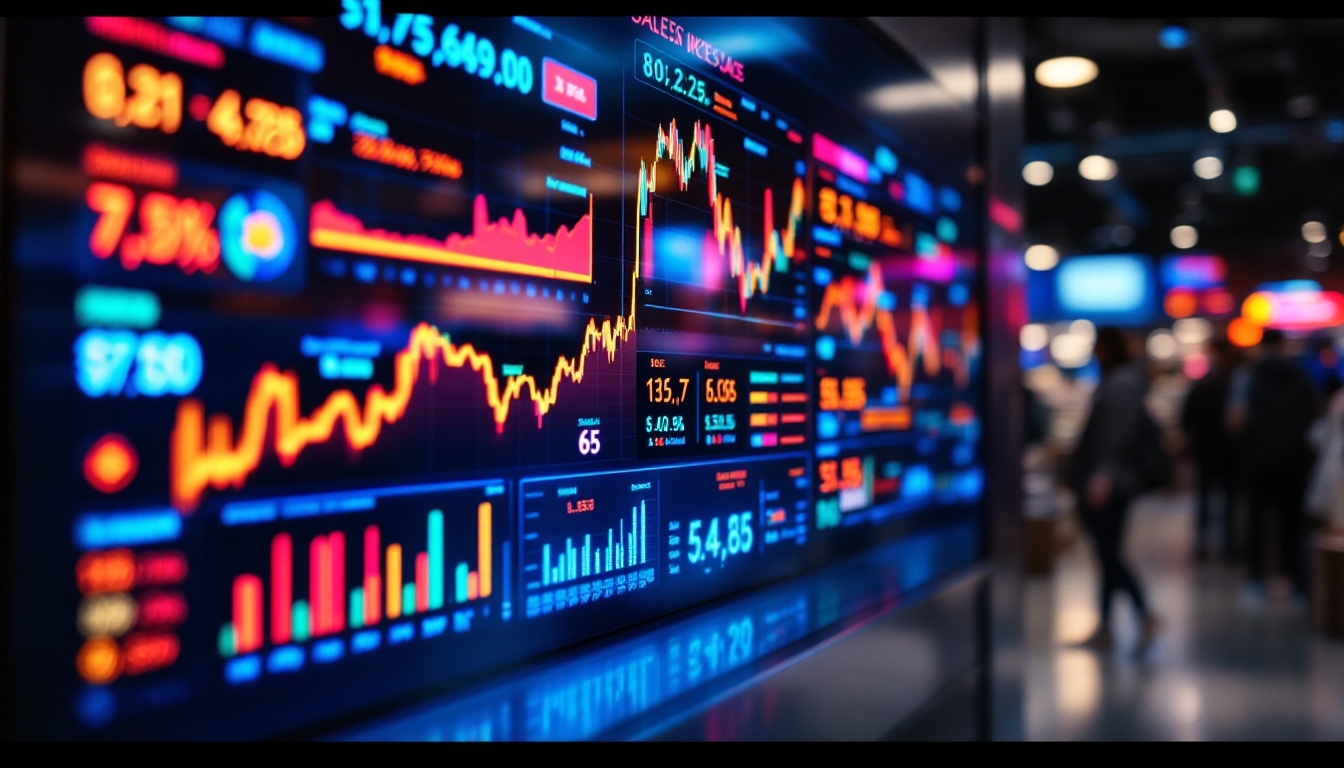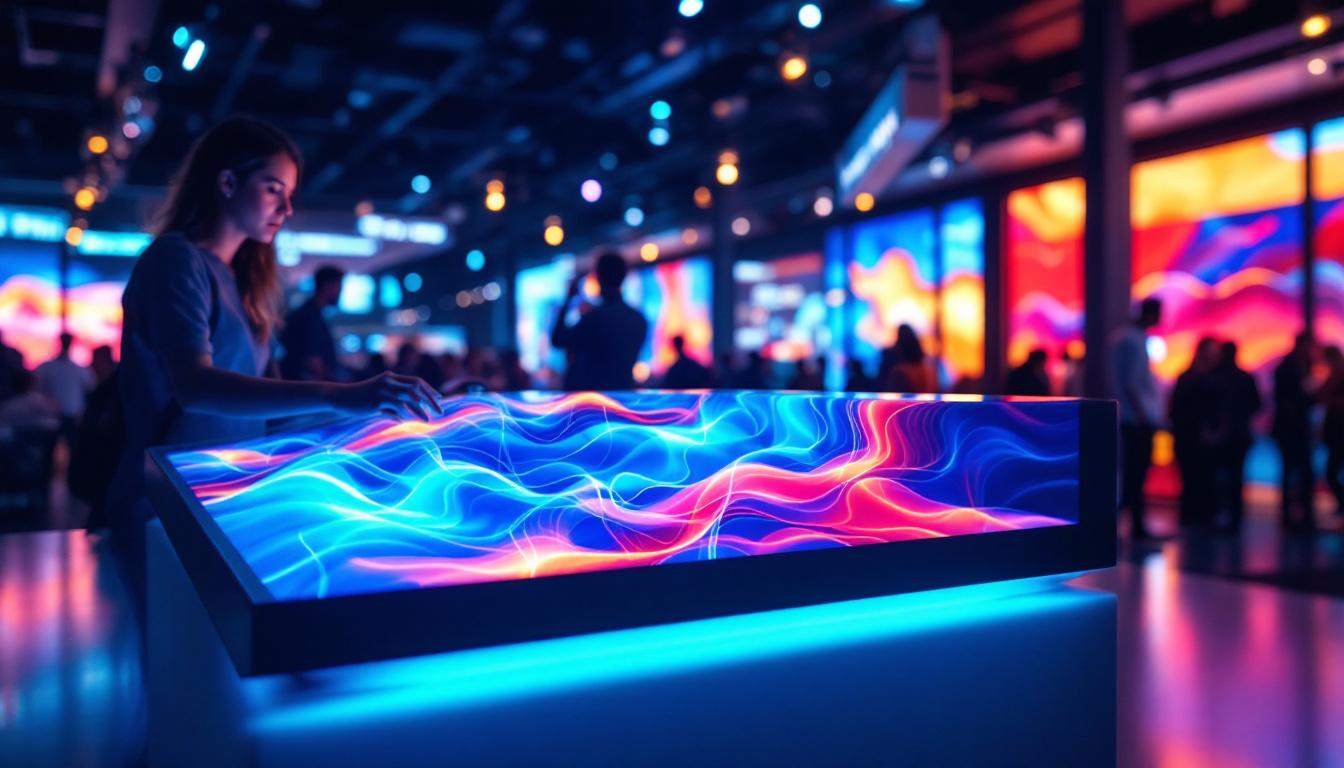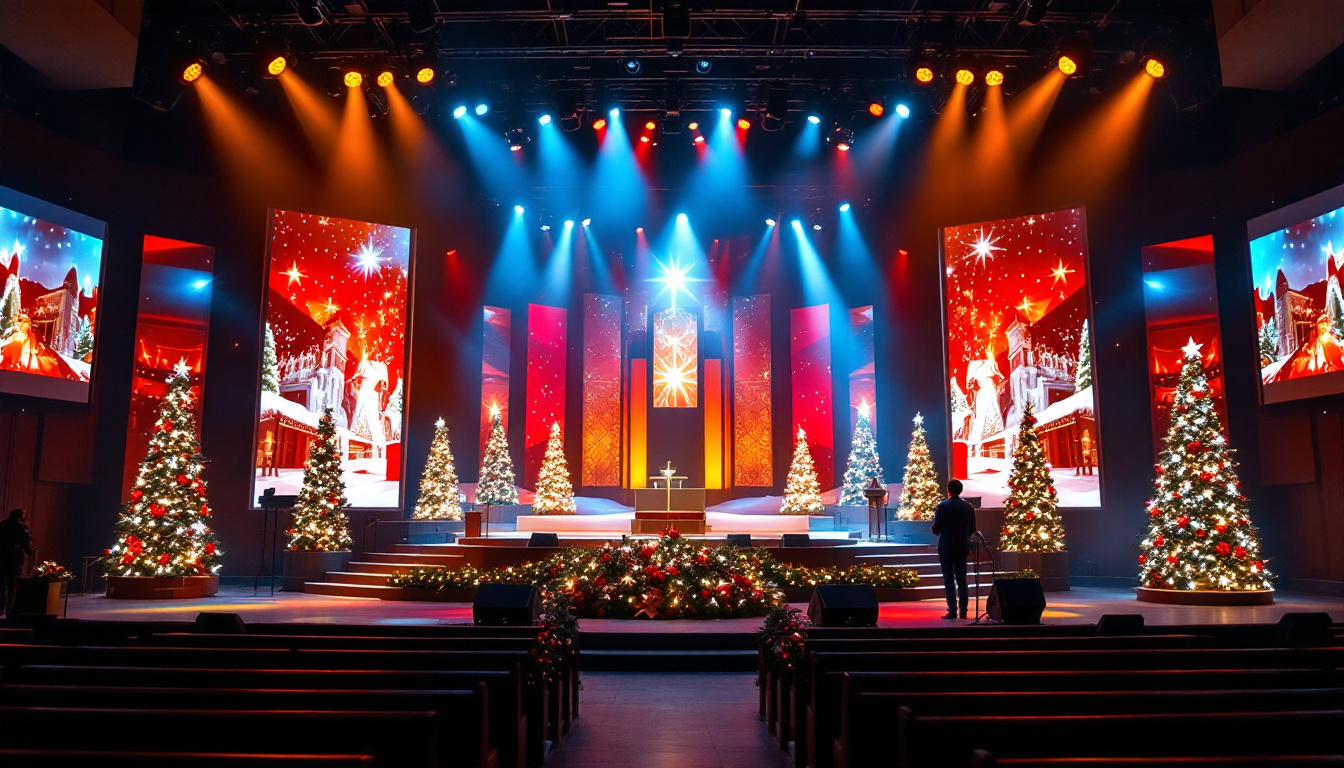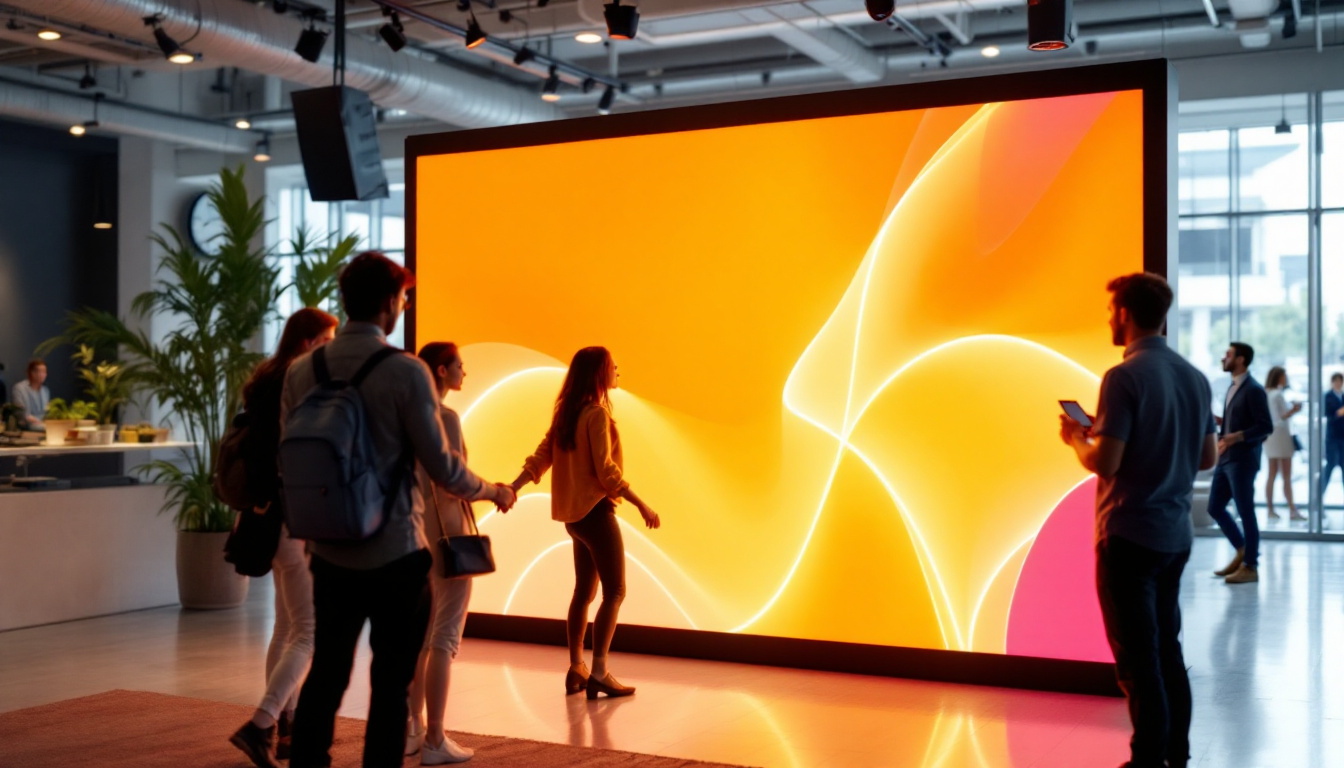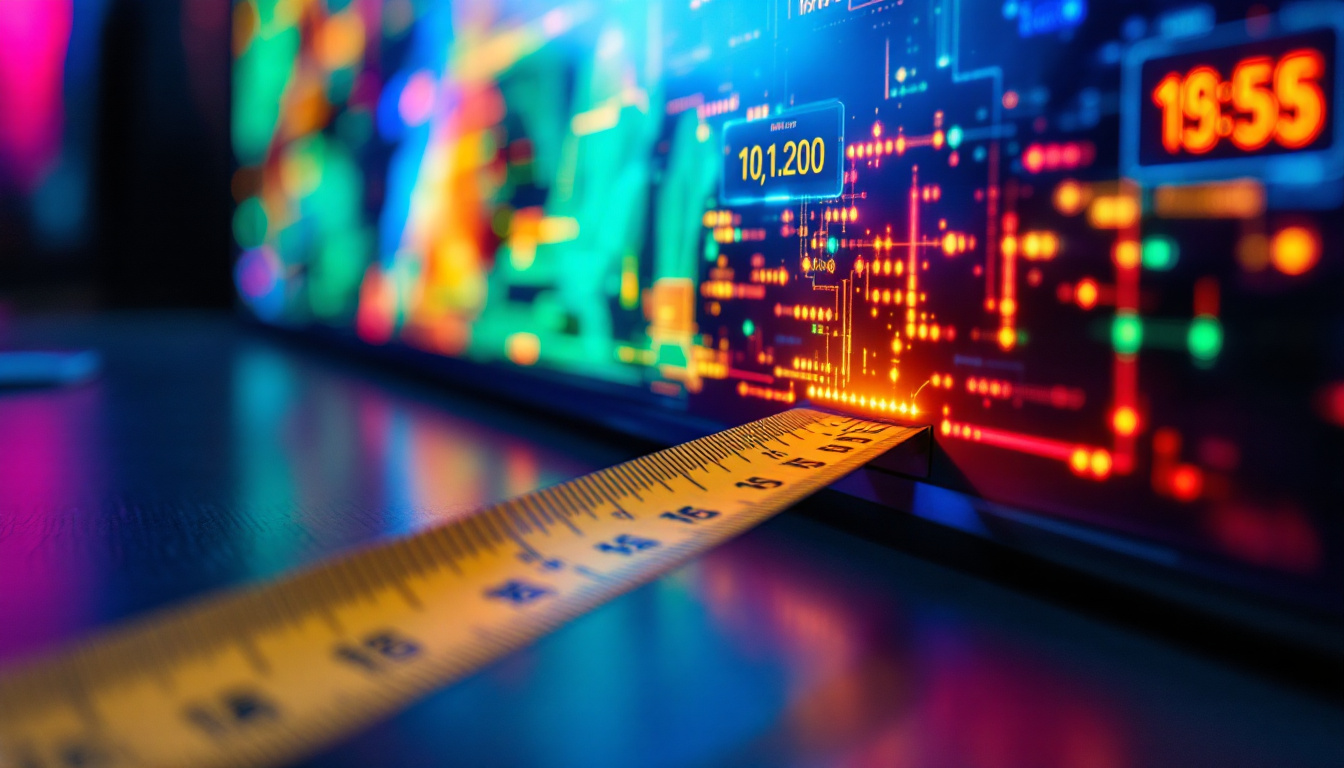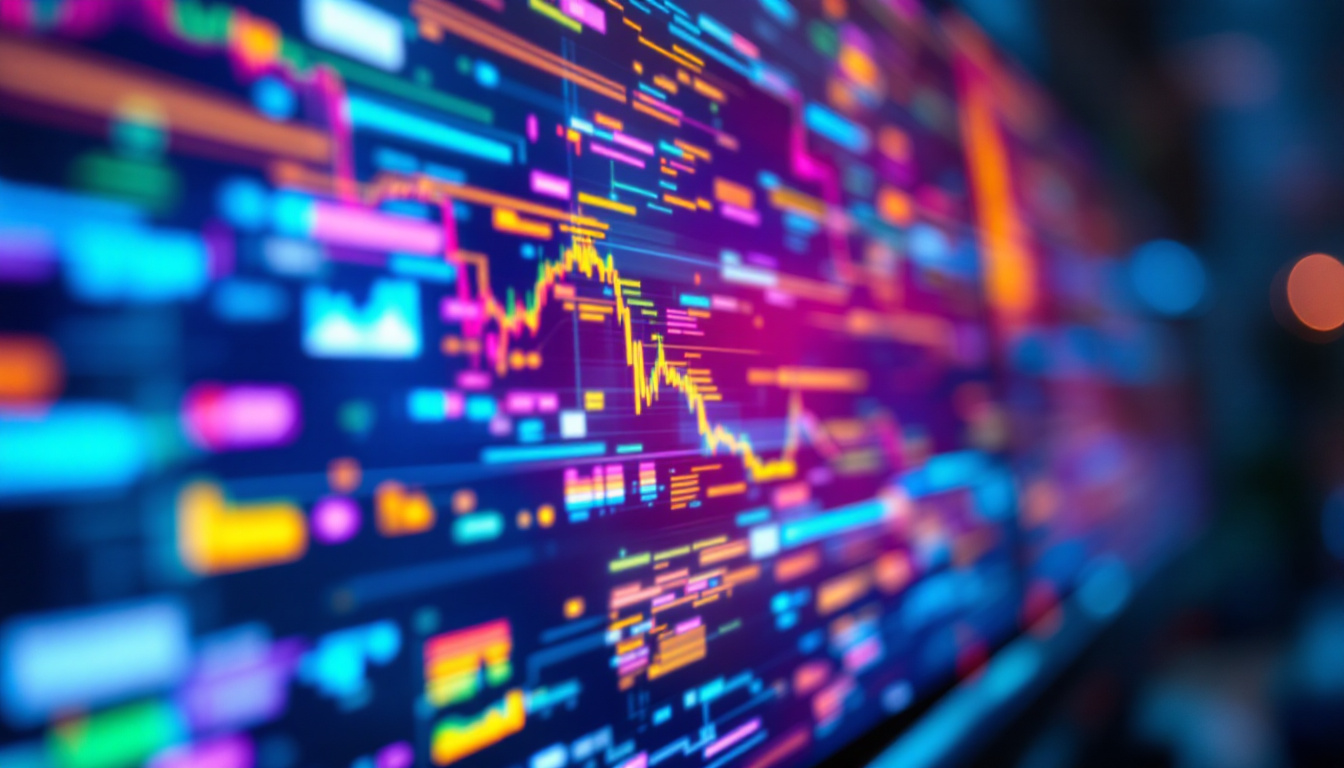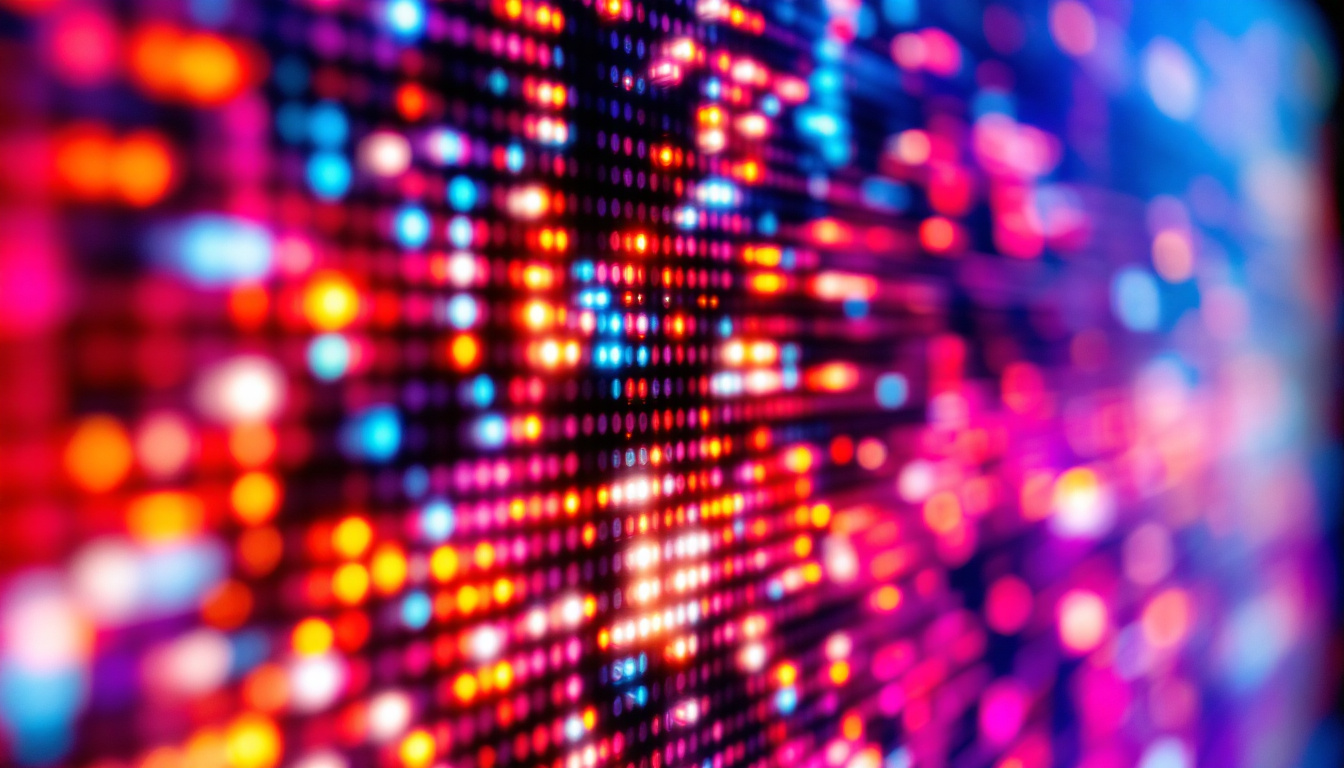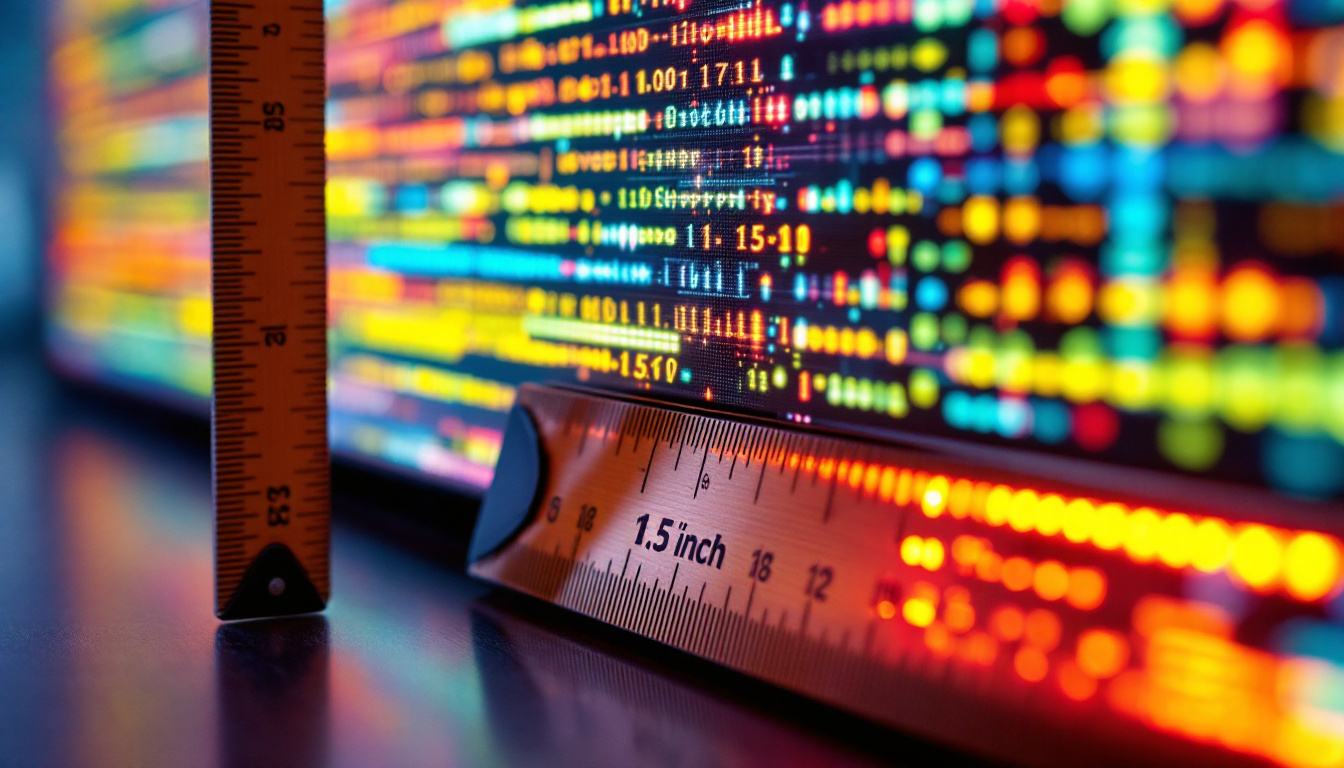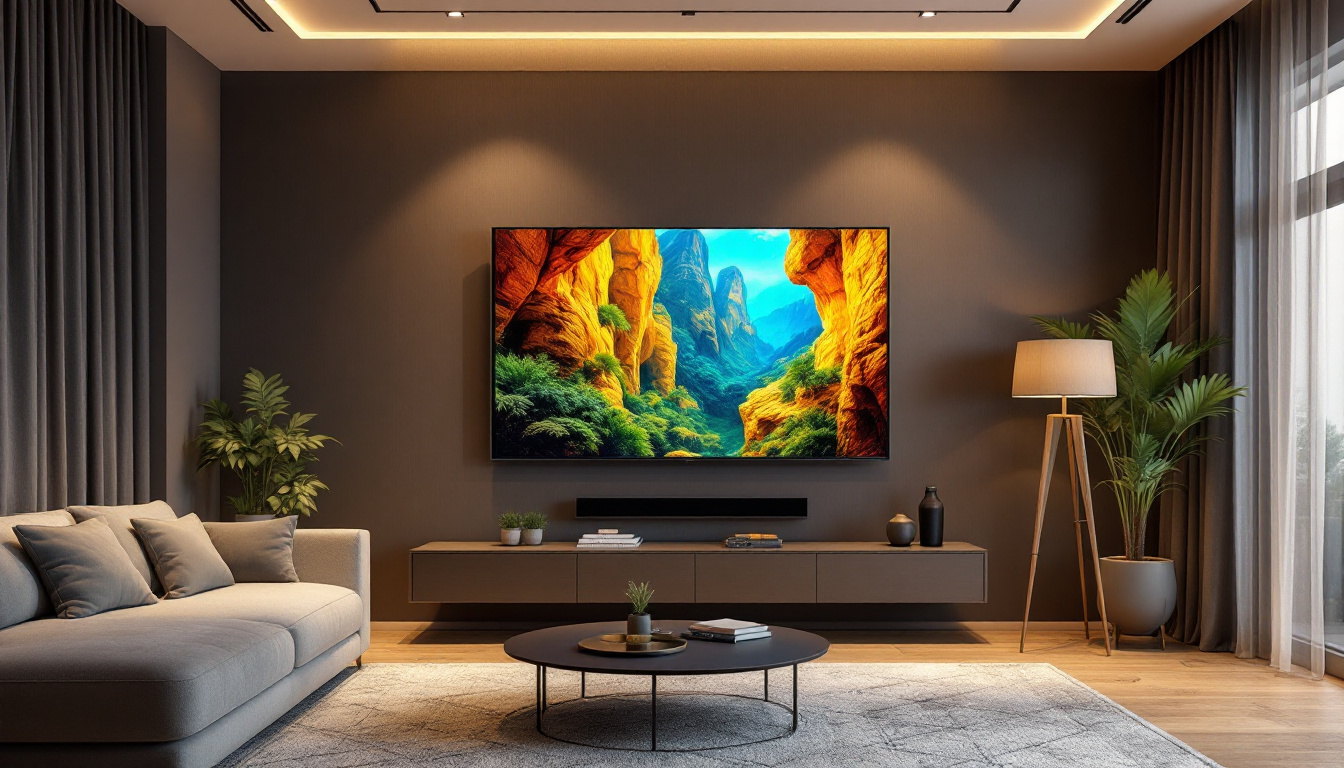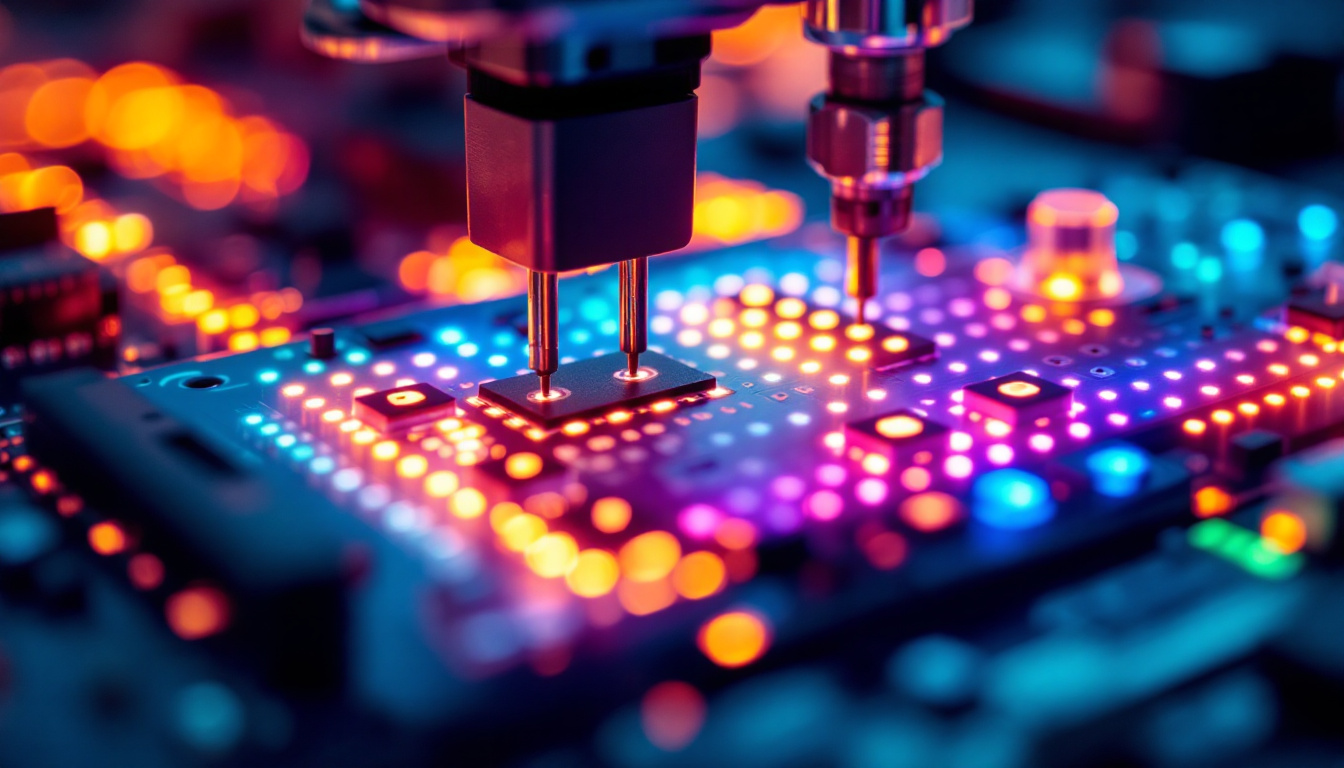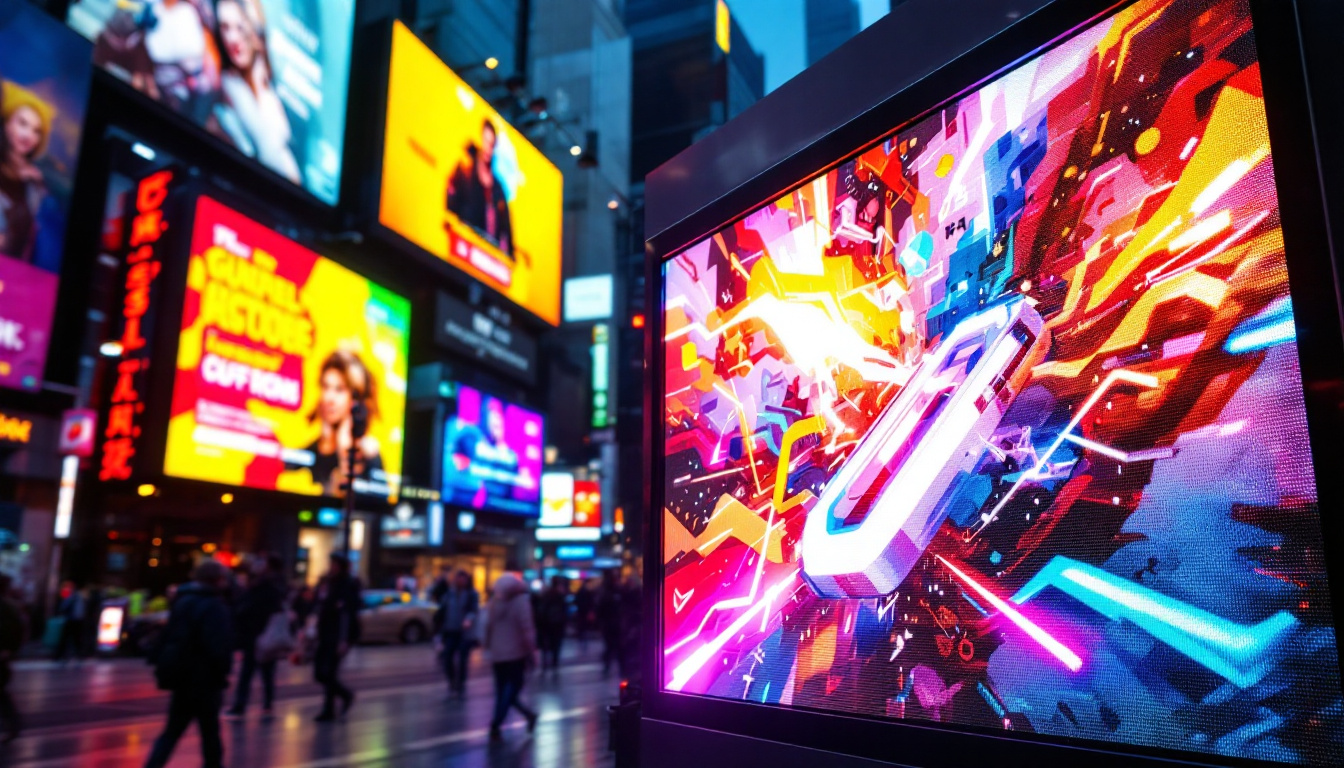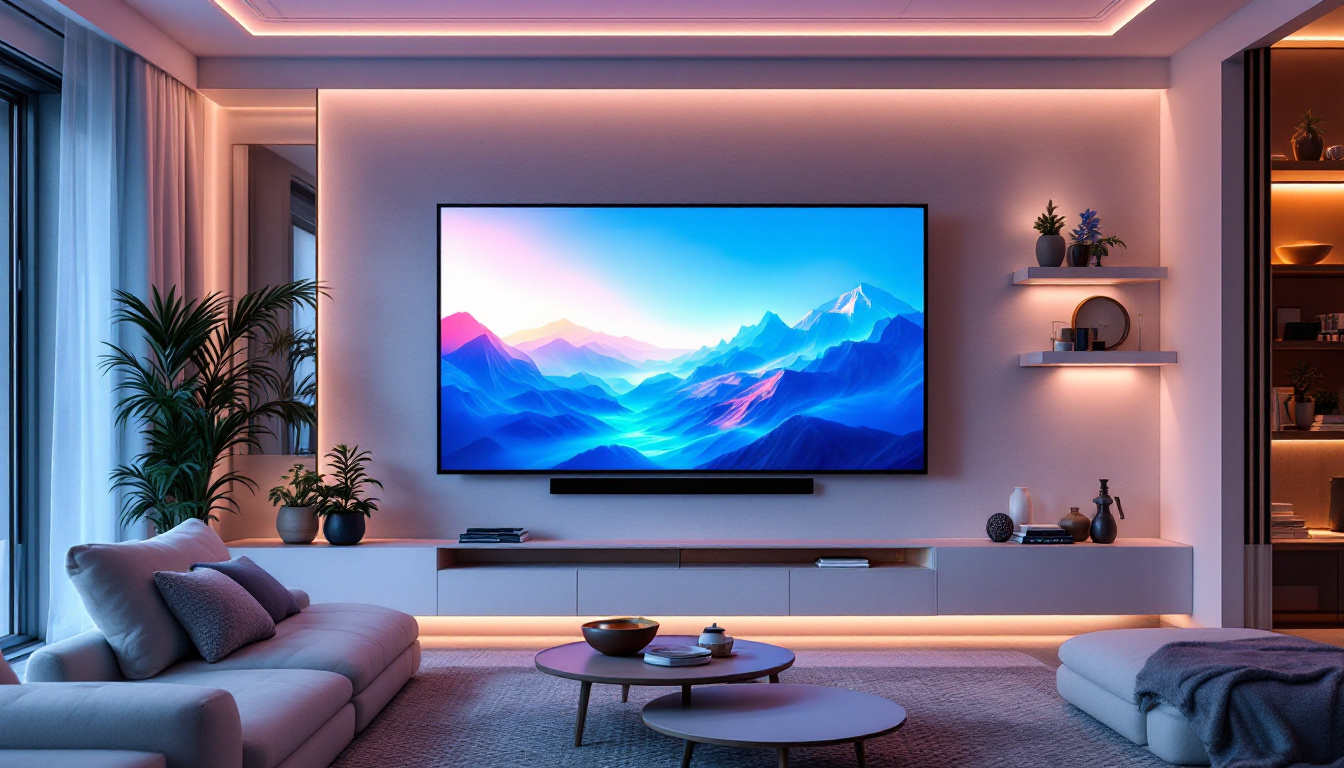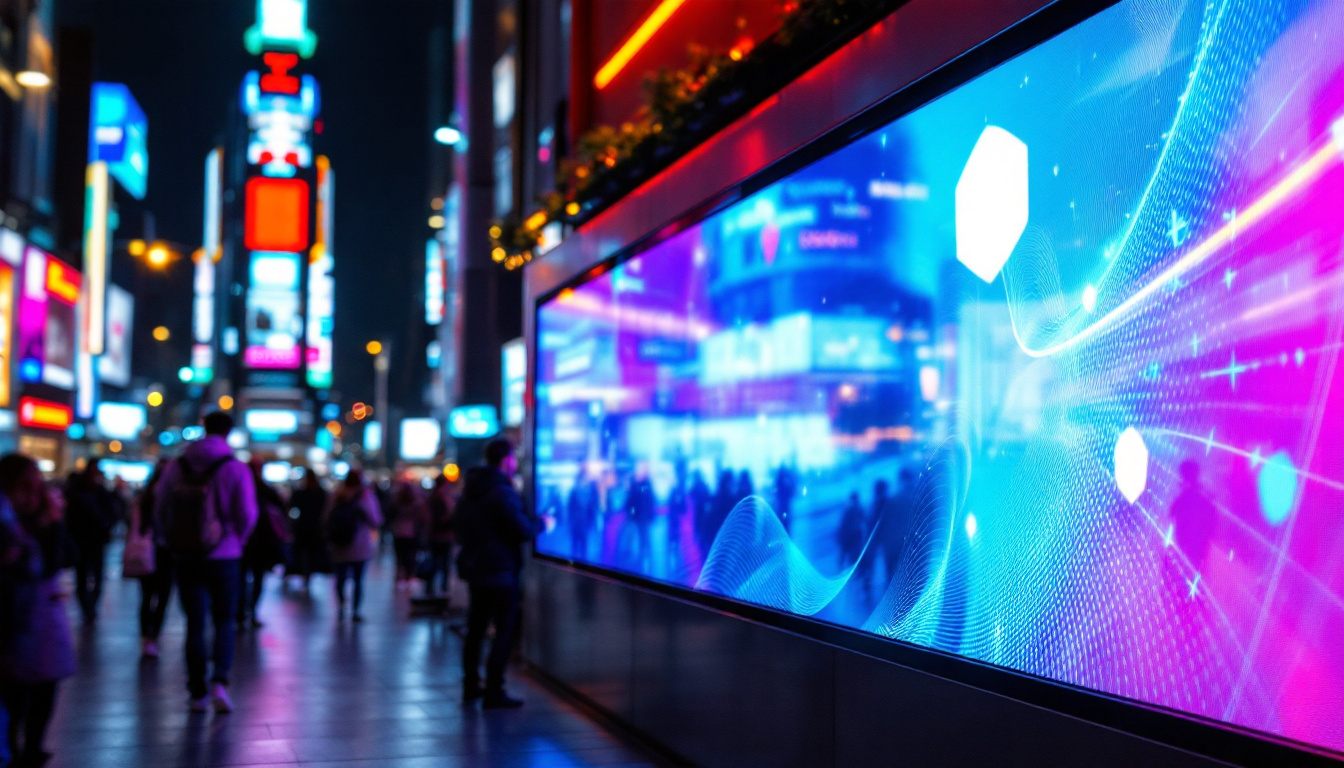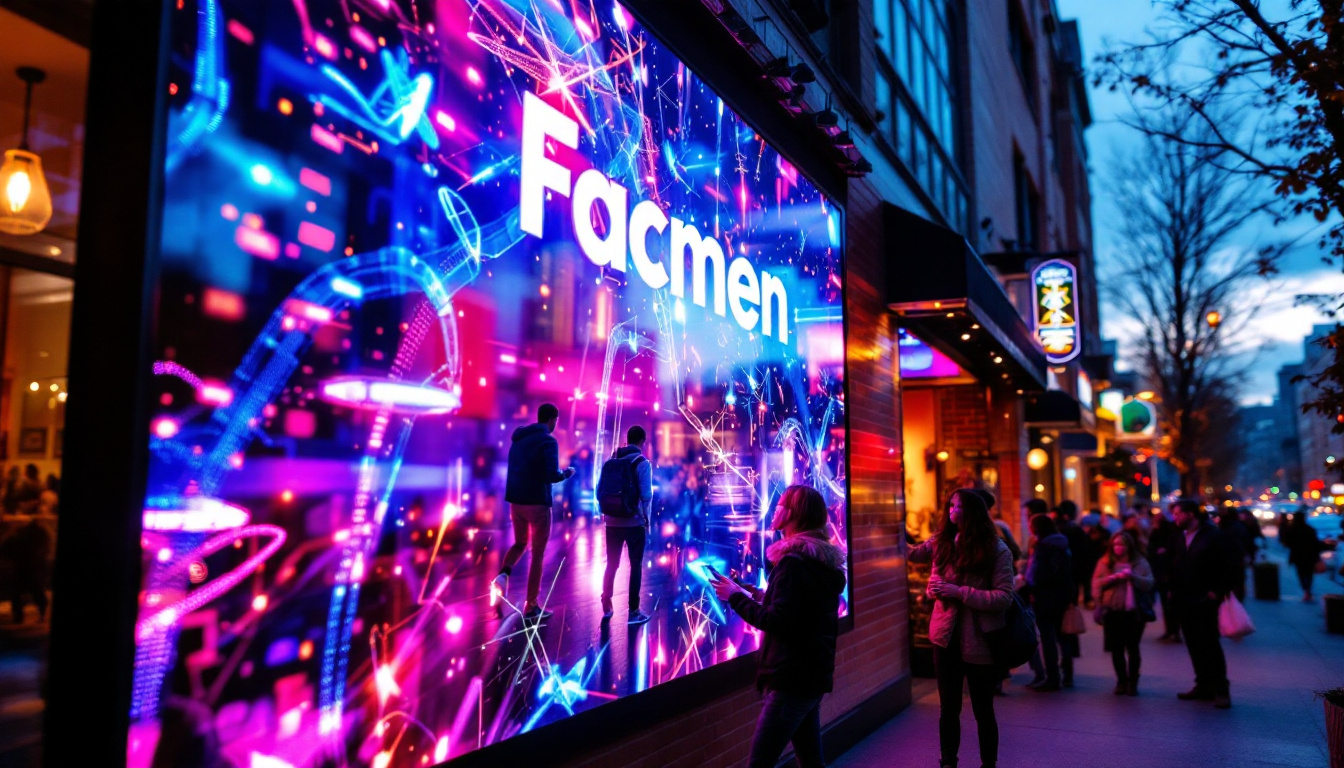Biggest LED Screen: LED Display Explained
In recent years, LED technology has revolutionized the way we view and experience visual content. From massive outdoor billboards to high-definition indoor screens, LED displays have become a staple in advertising, entertainment, and information dissemination. This article delves into the intricacies of LED displays, focusing on their construction, applications, and the largest LED screens in the world.
Understanding LED Technology
Light Emitting Diodes (LEDs) are semiconductor devices that emit light when an electric current passes through them. This technology has advanced significantly, allowing for the creation of vibrant and energy-efficient displays. The basic principle behind LED displays is relatively straightforward, but the engineering involved is complex and fascinating. Over the years, the evolution of LED technology has opened new avenues in various fields, including entertainment, advertising, and even architectural design, showcasing the versatility and adaptability of this remarkable innovation.
The Basics of LED Displays
LED displays consist of numerous small LED modules arranged in a grid format. Each module contains red, green, and blue LEDs, which combine to produce a full spectrum of colors. The resolution of an LED display is determined by the number of pixels it contains, with higher pixel counts resulting in sharper images and more detailed visuals. This pixel density is crucial for applications such as digital signage and high-definition video playback, where clarity and precision are paramount. Moreover, advancements in pixel technology, such as microLEDs, are pushing the boundaries of how we perceive visual content, enabling even more intricate designs and displays.
One of the key advantages of LED technology is its brightness. LED displays can produce vivid colors and high contrast ratios, making them suitable for various environments, from dimly lit indoor spaces to bright outdoor settings. Additionally, LEDs are known for their longevity and energy efficiency, which contributes to lower operational costs over time. This efficiency is not only beneficial for businesses looking to reduce their energy consumption but also plays a significant role in minimizing the environmental impact of lighting solutions. As sustainability becomes increasingly important, LED technology stands out as a leader in eco-friendly lighting options.
Types of LED Displays
There are several types of LED displays, each designed for specific applications. The most common types include:
- Direct View LED Displays: These are the most prevalent type, where the LEDs are directly visible to the viewer. They are often used for large outdoor billboards and indoor advertising screens, providing eye-catching visuals that can attract attention from afar.
- LED Video Walls: Composed of multiple smaller LED panels, video walls can create a large, seamless display. They are commonly used in events, concerts, and control rooms, allowing for dynamic presentations and real-time information sharing. The flexibility of video walls also enables them to be configured in various shapes and sizes, catering to the specific needs of any venue.
- Transparent LED Displays: These innovative displays allow light to pass through, making them ideal for storefronts and exhibitions where visibility is essential. By blending digital content with the physical environment, transparent LED displays create an engaging experience that captures the attention of passersby while maintaining the aesthetic appeal of the space.
In addition to these common types, there are also specialized LED displays designed for unique applications, such as flexible LED screens that can be bent or shaped to fit unconventional surfaces. This adaptability is revolutionizing the way we think about display technology, allowing for creative installations in art, architecture, and advertising. As the demand for more immersive and interactive experiences grows, the potential for LED technology continues to expand, paving the way for exciting innovations in the future.
Applications of LED Displays
LED displays are versatile and find applications in various industries. Their ability to convey information and capture attention makes them invaluable in many contexts.
Advertising and Marketing
One of the most significant applications of LED displays is in advertising. Businesses leverage these screens to showcase their products and services in high-traffic areas. The dynamic nature of LED displays allows for changing content, which can attract more viewers compared to traditional static billboards.
Furthermore, the ability to display videos and animations enhances engagement, making advertisements more memorable. Brands often invest in large LED screens to create a strong visual impact, especially during events or product launches. The flexibility of LED technology also allows advertisers to tailor their messages for specific audiences, adjusting content based on time of day, location, or even weather conditions. This targeted approach not only maximizes reach but also increases the likelihood of conversion, making LED displays a powerful tool in modern marketing strategies.
Entertainment and Events
In the entertainment industry, LED displays play a crucial role in enhancing the audience experience. Concerts, festivals, and sporting events utilize large LED screens to broadcast live performances, scores, and highlights to the audience. These screens not only provide visibility but also contribute to the overall atmosphere of the event.
Moreover, LED technology is increasingly being integrated into stage designs, allowing for dynamic backgrounds and effects that can change throughout a performance. This innovation has transformed the way audiences experience live entertainment. For instance, during a concert, LED screens can synchronize with the music, creating a multisensory experience that captivates attendees. Additionally, the use of LED displays for live streaming events has expanded access for fans who cannot attend in person, allowing them to enjoy the experience from the comfort of their homes. This shift has not only broadened the audience base but has also opened new revenue streams for event organizers through virtual ticket sales and sponsorships.
The Largest LED Screens in the World
As technology advances, the quest for larger and more impressive LED displays continues. Some of the largest LED screens in the world have become landmarks in their own right, captivating millions of viewers.
Times Square, New York City
Times Square is renowned for its dazzling array of LED displays. One of the most iconic screens is the 23,000-square-foot LED display located at the corner of 42nd Street and 7th Avenue. This massive screen features high-resolution visuals and is a central part of the vibrant atmosphere in Times Square, attracting tourists and locals alike.
The screen is used for a variety of purposes, including advertising, news broadcasts, and live events. Its size and brightness make it a focal point in one of the busiest pedestrian areas in the world.
Samsung’s Onyx Cinema LED Screen
Samsung has pushed the boundaries of LED technology with its Onyx Cinema LED screen, which measures 10.3 meters diagonally. This screen is designed specifically for cinema use, providing an immersive viewing experience with stunning color accuracy and contrast.
The Onyx screen is not only impressive in size but also in its ability to deliver HDR (High Dynamic Range) content, enhancing the overall cinematic experience. This innovation has garnered attention from filmmakers and cinema operators looking to elevate their offerings.
Dubai’s LED Screens
Dubai is home to some of the largest and most extravagant LED displays in the world. The Burj Khalifa, the tallest building globally, features an LED facade that spans 20,000 square meters. This display is used for various shows, including light displays and celebrations, drawing crowds from around the globe.
Additionally, the Dubai Mall boasts an impressive LED screen that serves as a backdrop for events and promotions. The combination of stunning visuals and the city’s luxurious atmosphere makes these displays a significant attraction.
Future Trends in LED Display Technology
The LED display industry is continuously evolving, with new technologies and trends emerging regularly. As demand for larger and more versatile screens grows, several key trends are shaping the future of LED displays.
MicroLED Technology
MicroLED technology is one of the most promising advancements in the LED display sector. Unlike traditional LED displays, which use larger diodes, MicroLED employs tiny individual LEDs that can create incredibly high-resolution images. This technology offers improved brightness, contrast, and energy efficiency.
MicroLED displays are also modular, allowing for customizable screen sizes and shapes. This flexibility opens up new possibilities for creative installations in various environments, from homes to commercial spaces.
Flexible and Curved Displays
Another exciting trend is the development of flexible and curved LED displays. These screens can be bent and shaped to fit unique architectural designs, enabling innovative applications in retail, exhibitions, and public spaces.
Flexible displays can also enhance the viewer experience by providing immersive environments that adapt to the surrounding architecture. As this technology matures, it is likely to become more prevalent in various sectors.
Integration with Smart Technology
As smart technology continues to permeate our lives, LED displays are also becoming more integrated with IoT (Internet of Things) systems. This integration allows for real-time content updates, remote management, and enhanced interactivity.
For instance, businesses can use data analytics to tailor content based on audience demographics or preferences, making advertising more effective. This level of customization is expected to become a standard feature in future LED displays.
Conclusion
LED displays have transformed the way information and entertainment are presented to the public. From their basic construction to their applications in advertising and entertainment, these screens are a testament to the advancements in technology. The largest LED screens in the world not only serve practical purposes but also become iconic landmarks that shape urban landscapes.
As the industry continues to innovate, the future of LED displays looks promising. With advancements in MicroLED technology, flexible designs, and smart integration, the possibilities for LED displays are virtually limitless. Whether in bustling city centers or intimate venues, LED technology will undoubtedly continue to illuminate our world.
Illuminate Your Space with LumenMatrix
As you’ve seen, LED displays are at the forefront of visual innovation, transforming spaces into vibrant canvases of light and color. LumenMatrix is at the helm of this transformation, offering a wide array of LED display solutions tailored to meet your unique needs. Whether you’re looking to enhance your brand’s visibility with an Indoor LED Wall Display, captivate passersby with an Outdoor LED Wall Display, or create an immersive experience with a Custom LED Display, LumenMatrix has the technology to bring your vision to life. Don’t just take our word for it; check out LumenMatrix LED Display Solutions and see how we can help you make a lasting impression in the world of visual communication.

